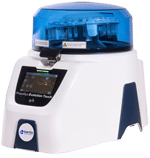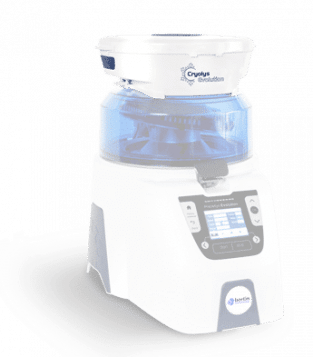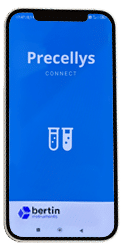NGS
The advent of next-generation sequencing techniques (NGS) has dramatically changed the field of biology. Below, Bertin’s team of scientists have introduced optimized sample preparation protocols examples to ensure high quality, high yield nucleic acids for your NGS workflows.
Sample preparation significantly impacts the overall success of a next-generation-sequencing (NGS) workflow. Obtaining a sufficient quantity of nucleic acids while preserving their integrity requires careful consideration of the homogenization protocol. Inadequate homogenization can degrade the RNA or DNA present in the sample, which leads to unreliable results and potential loss of precious samples. When working with complex samples such as food, animal tissues, or fecal samples, an efficient and uniform homogenization is needed to obtain an adequate quantity and quality of nucleic acids. In the case of microorganism samples, disruption can lead to issues such as overrepresentation of easy-to-lyse organisms or destruction of viral particles.
Bead beating technology is widely acknowledged as the gold standard for sample homogenization. Bertin Technologies has developed the Precellys, a range of homogenizers powered by state of the art 3-dimensional bead-beating technology.
Here, our scientists have shared examples of optimized homogenization protocols for a variety of samples including food, tissue, and fecal samples to help researchers to obtain high-quality, high-yield nucleic acids for NGS workflows.




